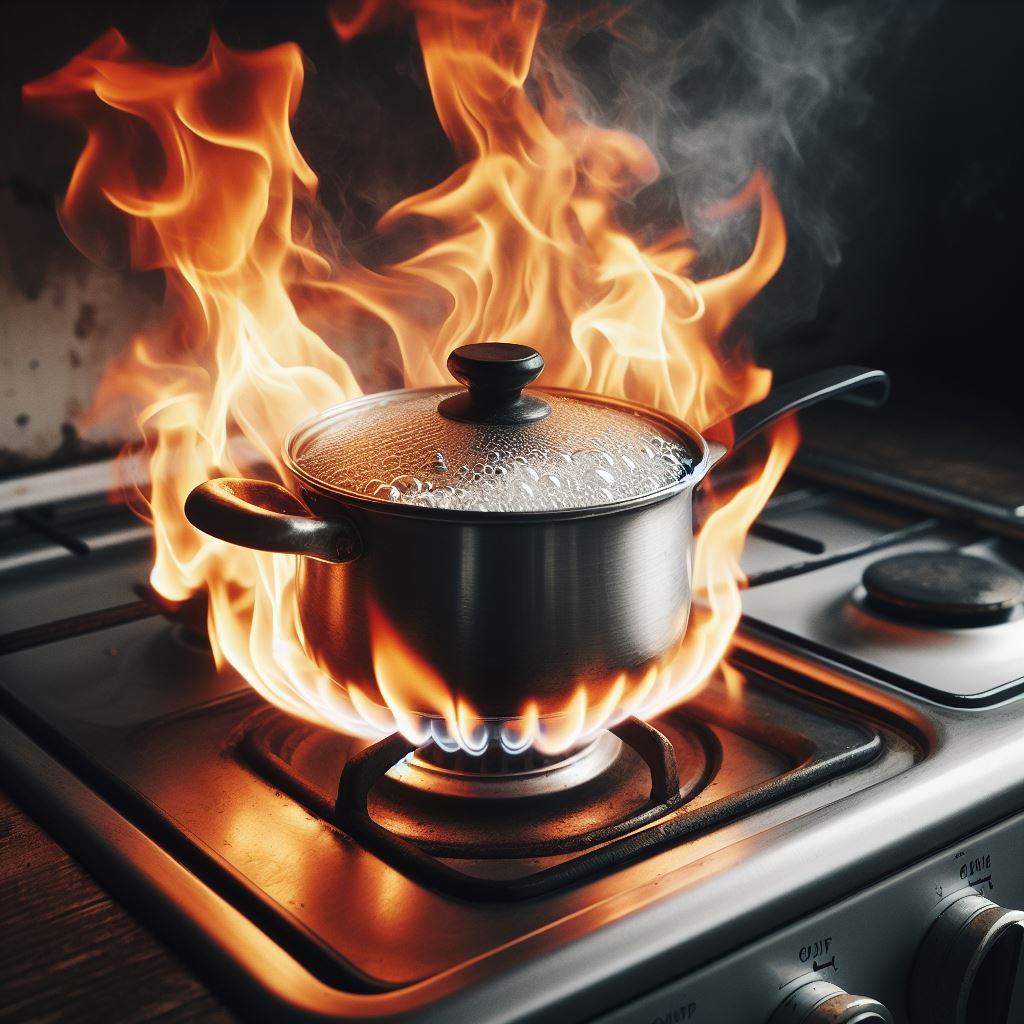Cooking is a daily activity that brings joy and nourishment to our lives, but it also poses potential risks, especially when it comes to stovetop fires. Understanding how to prevent these fires and recognizing their common causes are essential for maintaining a safe kitchen environment. In this blog, we’ll explore practical tips to avoid stovetop fires and discuss the most common causes of kitchen fires.
Common Causes of Stovetop Fires
Before diving into prevention tips, let’s identify the primary culprits behind stovetop fires:
Unattended Cooking: Leaving food unattended while cooking is one of the leading causes of stovetop fires. A momentary distraction can quickly escalate into a dangerous situation.
Overheating Oil: Heating oil to its smoking point can cause it to ignite and lead to a grease fire. Never leave oil unattended on a hot stovetop.
Flammable Objects Nearby: Towels, paper towels, oven mitts, or other flammable materials placed too close to the stove can catch fire if they come into contact with a hot burner.
Spills and Splatters: Food spills and grease splatters left on the stovetop or inside the oven can ignite when exposed to heat.
Faulty Equipment: Malfunctioning or damaged stovetops, electrical issues, or frayed cords can pose fire hazards. Regular maintenance and inspection of kitchen appliances are crucial.
Tips to Avoid Stovetop Fires
Now, let’s explore preventive measures to minimize the risk of stovetop fires:
Stay in the Kitchen: Never leave cooking food unattended. If you must leave the kitchen, turn off the stove or designate someone to watch over the cooking.
Keep Flammable Items Away: Ensure that flammable items such as kitchen towels, potholders, and paper products are kept away from the stovetop and other heat sources.
Clean Regularly: Clean spills, grease, and food residues from the stovetop, oven, and exhaust hood regularly to prevent them from igniting during cooking.
Use the Right Cooking Utensils: Use pots and pans with flat bottoms and tight-fitting lids to prevent oil splatters and minimize heat exposure to surrounding surfaces.
Monitor Oil Temperature: Use a thermometer to monitor the temperature of cooking oil and avoid overheating. If you see smoke or smell burning, turn off the heat immediately.
Keep a Fire Extinguisher Nearby: Have a fire extinguisher rated for kitchen fires (Class K) within easy reach. Familiarize yourself with its operation in case of an emergency.
Use Caution with Gas Stoves: If you have a gas stove, be cautious when lighting burners and ensure they are fully extinguished after use.
Install a Smoke Alarm: Install smoke alarms in or near the kitchen and test them regularly to ensure they are working properly.
What to Do in Case of a Stovetop Fire
If a stovetop fire does occur:
Turn Off the Heat: Turn off the burner immediately.
Cover with a Lid: Use a metal lid or cookie sheet to smother the flames. Do not use water, as it can cause grease fires to spread.
Use a Fire Extinguisher: If the fire is small and contained, use a fire extinguisher to put it out.
Evacuate and Call 911: If the fire is out of control, evacuate the home and call 911 for professional help.
Preventing stovetop fires requires vigilance, caution, and adherence to safety guidelines while cooking. By following these tips and staying alert in the kitchen, you can minimize the risk of fires and ensure a safe cooking environment for you and your family. Remember, fire prevention starts with awareness and proactive measures. Stay safe and enjoy cooking without worry in your kitchen!

